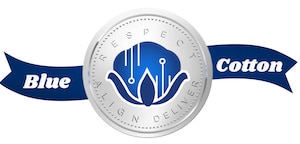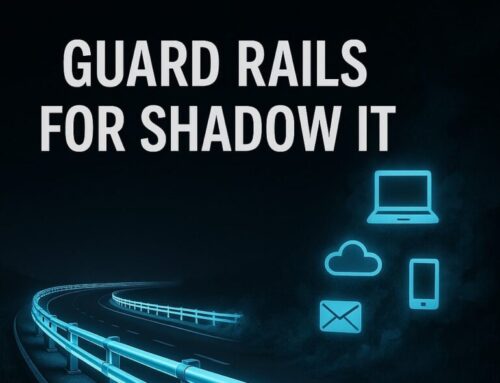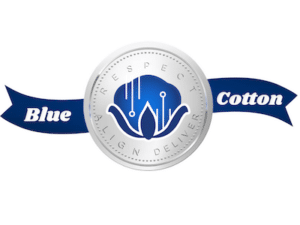Small businesses are the backbone of our economy, making them an attractive target for cyber attacks. For evidence of this fact, you need only look to the increasing number of data breaches being experienced by small and medium-sized businesses.
According to Verizon’s 2021 Data Breach Investigations, 46% of all cyber breaches impacted businesses with fewer than 1,000 employees.
While the financial impact of data breaches can vary greatly, 2021 research from IBM shows that organizations with fewer than 500 employees spend an average of nearly $3 million per incident.
*Source: IBM and the Ponemon Institute’s 2021 Cost of a Data Breach Report
What makes a small business particularly vulnerable when securing SaaS and cloud apps? While the leading threats in today’s IT environments include app misconfiguration, denial of service attacks, and device takeover, phishing continues to be the leading type of cyber-assault used against SMBs. Phishing typically begins with a fraudulent email or text message designed to trick the recipient into revealing sensitive company information.
Of course, security risks are always evolving in today’s ever-changing IT space. Perhaps the greatest risk of all is partnering with service providers who cannot demonstrate across-the-board excellence when it comes to three core areas of security.
- Being proactive, not reactive
Today’s cyber-criminals are resourceful, skilled, well-equipped and always seeking new ways to gain an edge. To stay ahead of these innovative bad actors, [name of MSP] applies industry-leading tools that enable broader and deeper visibility into your SaaS environment, letting us identify and plug security gaps before they’re breached. We also help you implement best practices for breach avoidance such as Multi-Factor Authentication (MFA) and chart a clear path toward full adoption of MFA across your IT environment.
- Creating a fully visible environment
Even the most advanced security policies are ineffective if employees don’t adhere to them. That’s why having a security environment that offers full visibility is critical, particularly in a time of remote workforces and expanding security perimeters. Work with [name of MSP] and you’ll be able to visibly track which employees are falling behind on MFA enrollment and other security policies. From there, we create a concrete plan to ensure that adherence goals are met and that you reach industry standards including the highest Microsoft security posture score.
- Tracking and documenting progress
When you work with [name of MSP] to secure your data, we’ll provide several types of reports that can transform your security efforts from reactive, vague, and inefficient, to proactive, timely, and concrete, including:
- Active threat reports that show in detail the current threats your company faces across the range of threat types of areas of vulnerability. These eye-opening documents track the last 90 days of software security threats, flag configuration and security issues, and even drill down to highlight users at risk.
- Ongoing security audits that track your security policies against industry best-practices, including critical measures such as multi-factor authentication. These insights allow us to proactively customize your security configuration for optimal threat response.
- Monthly executive reports that document successful threat prevention and chart improvements over time. These vital progress updates feature easy-to-read charts and data trends that include compliance and security scores, the status of data-loss policies, and detailed lists risk detections by users and departments.
It’s time to get serious about protection for your small business
Get in touch today for more detail on how we can build a proactive, single-window, and well-documented security platform to protect your organization in a time of elevated risk.





